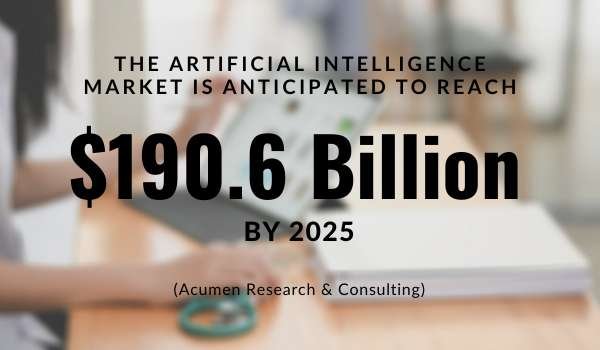A healthcare messaging app worked on by Thorgate helped save 21 lives in 2018. That healthcare messaging app is called TXP Chat™. It is the only secure, HIPAA-compliant communication system dedicated to the unique needs of Transplant Centers and Organ Procurement Organizations (OPOs), which must, perforce, operate in a decentralised manner.
We worked closely together with OmniLife in scoping this project. Messaging speed was of the essence in the project because the time from when an organ is released to when it is transplanted is critical. On average, more than 60 percent of donated hearts and lungs are thrown away every year.
Security was another key aspect, due to the highly sensitive nature of the communications required, as well as their complexity.
For a full appreciation of the project, you should read our case study on it, describing everything from what we encountered when scoping the app to developing it as a React Native Application, with backend code in node.js.
In another healthtech project we did, an AI company dedicated to assisting people with rare diseases saved 90 percent of potential lost income as a result of Thorgate’s lean and agile approach towards a software solution they were looking to implement.
This is why when it comes to healthtech, at Thorgate we have ample data and experience to understand the intersection between machine learning, AI and the healthcare industry. As a key account manager and product consultant myself, I have seen the paradigm shift in the perspective on how technology can advance healthcare and what the future holds.
How Technology Is Disrupting the Healthtech Industry now
Hi-Tech Tools for Healthcare Professionals
As the silver tsunami comes upon us, millennials are reaching an age where their money starts to talk. The dinosauric age of physical dossiers and x-ray film is coming to an end, replaced by Electronic Health Records and Advanced Medical Imaging.
The consumer drives the industry now, and the consumer is accustomed to a world where everything happens at the click of a button, and where learning to use a smartphone is more valuable than learning to write with a pen.
Medical practitioners now have a choice of cloud-driven tools to scale their IT and manage their practices. Doctors also now have the ability to diagnose and prescribe medication from a distance using telehealth and telehealth mobile apps.
The Future Is Big Data and AI
The enormous amounts of healthcare data accumulated over the years is changing the industry’s paradigm from curing disease to actively preventing it. The advent of technology makes this possible.
A perfect example is that of the COVID-19 Track and Trace programs and apps being deployed now in many parts of the world. As a result of this data accumulation, and the active development of cutting-edge tech, prevention of another worldwide pandemic is the keynote.
Risk Aversion to Adopting Innovative Products Is Gone
The healthcare industry has realised that it needs to keep pace with emerging technologies. As mentioned previously, many of those technologies are aimed at prevention, and a significant trend in healthtech today relates to “reducing hospitalisation and related costs” as a result of significant healthtech breakthroughs such as wearables that can track and transmit patient data.

Source: Acumen Research & Consulting
Healthtech and Healthcare Predictions for 2030
According to a recent KPMG study, 54% of millennials have postponed healthcare because of costs, while 49% do not have a primary care physician.
We are able to predict that the “physical visit to the doctor” is a scenario that will be reserved for only the most serious cases, possibly even only those requiring actual treatment in a decade.
This is due to the continued rise in sophistication of healthtech products, coupled with the new generation’s expectation that everything happens via some device they carry on themselves constantly (smartphones, other wearables, etc.).
Also, COVID-19 and the “New Normal” push the world into an ever-more socially distant model. Anything which reduces contact and helps protect medical professionals will be supported.
Prevention and “stay well” apps will play a big role in future healthcare. This includes fitness apps.
Medical practitioners will have no choice but to put the consumer first. By using data analytics and trend analyses, it will be impossible for any healthcare provider to not see and understand the consumer’s needs and thereby adapt to them.
Self-monitoring and insertables will come to the fore, and these insertables will probably connect with some device the user always carries around. The data will then probably be transferred to an AI system that offers up a diagnosis and/prescription.
If there is any doubt of the diagnosis, only then will a human practitioner be alerted.
At-home ECGs can already be purchased from Apple and AliveCorr, and it’s only a matter of time before other diagnostic devices become available directly to the consumer.
The ubiquity of medical data storage, and the urgency of storing it in a sensible manner so as to prevent future pandemics, will result in the need for stronger processing power, leading to further innovation in data processors; perhaps even some created specifically for the medical industry.
In essence, predictive analytics will probably be the “de facto” medical solution that newer generations prefer adopting, as opposed to the “family doctor” paradigm which is slowly seeing its sunset in this modern, tech-driven world.
Read related articles:
8 Healthcare Startups to Watch in Post-Coronavirus 2021


